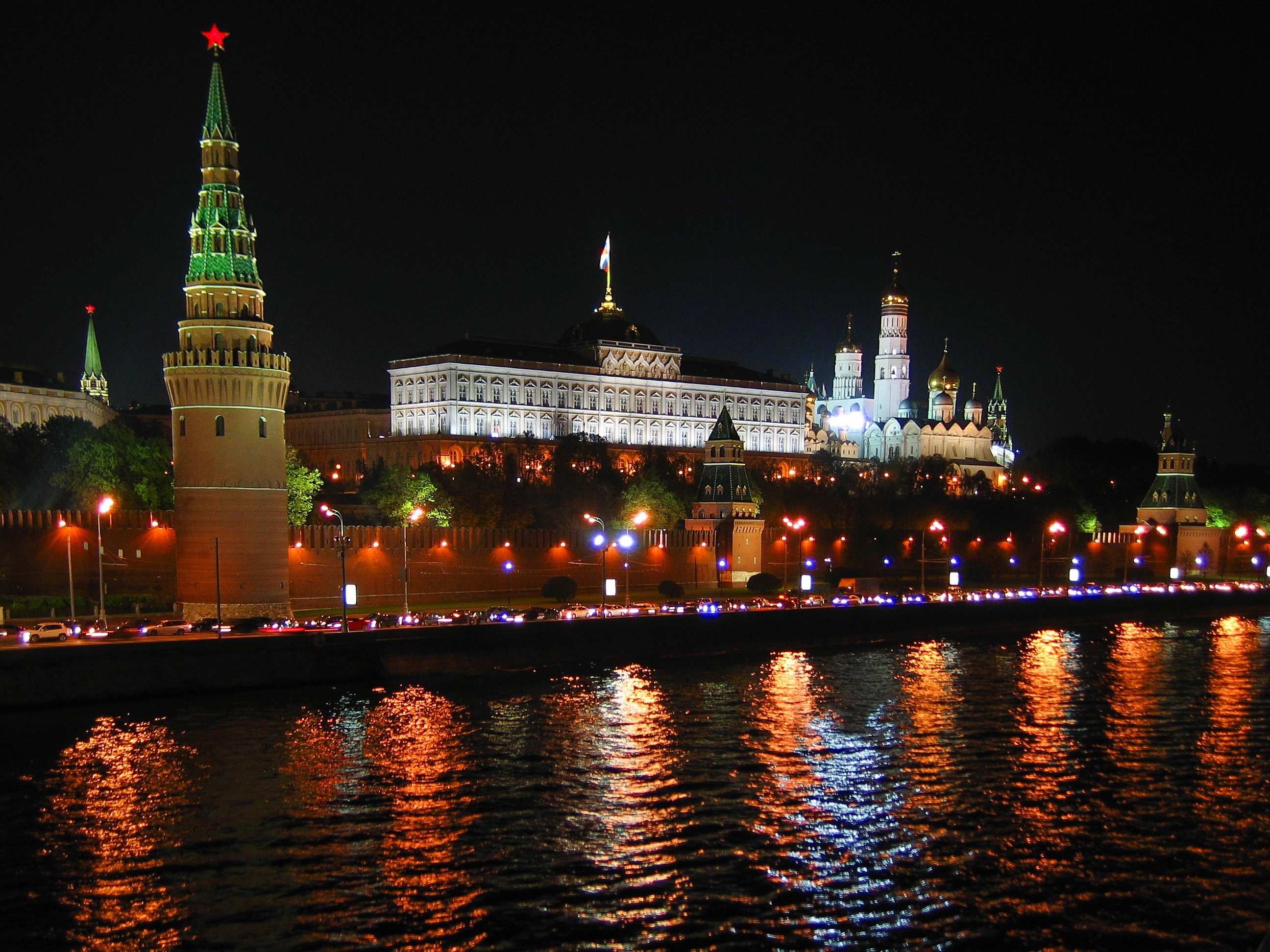What to Make of the ISIS-K Attack on Moscow
ISIS-K is a threat, but the jihadist movement as a whole faces many problems.

Published by The Lawfare Institute
in Cooperation With

The Islamic State claimed responsibility for the terrorist attack that killed over 130 people at the Crocus City Hall theater in Moscow on March 22—the worst terrorist attack Russia has seen in 20 years. U.S. officials attributed specific blame to the Islamic State Khorasan Province, commonly referred to as ISIS-K, a group based in Afghanistan and Pakistan that professes loyalty to the Islamic State’s overall leadership.
Russian President Vladimir Putin continues to point the finger at Ukraine for the attack. But not only has the Islamic State claimed responsibility for it—the targeting of a concert hall also fits with the Islamic State’s past practices, as they conducted similar attacks in France and the United Kingdom. Russia’s own history dealing with jihadist threats from Chechnya and elsewhere in the Caucasus also suggests a jihadist link: Chechen jihadists in 2002 attacked a theater in Moscow. Ukraine has killed Russian commanders, politicians in occupied territory who collaborated with Moscow, and even the daughter of one of Russia’s leading nationalists, but it has never conducted a mass attack on civilians.
As disturbing as the slaughter of innocents in Russia is, there are ominous signs that this attack is part of a new wave of ISIS-K attacks. ISIS-K formally emerged in the Afghanistan-Pakistan area in 2015, bringing together a group of disgruntled jihadists who opposed the Taliban and pledged loyalty to the then-ascendant Islamic State’s self-declared caliphate in Iraq and Syria. They embrace a far more radical version of jihadism than even the Taliban, opposing any accommodation with states or entities they see as Islam’s enemies and embracing sectarianism, among other beliefs. These legitimate concerns, however, must be seen in the context of significant progress against the broader jihadist movement, including the Islamic State itself.
Let’s start with the bad news. In addition to the devastating attack in Moscow, ISIS-K appears to be on a spree. The beginning of 2024 saw an ISIS-K terrorist bombing in Iran that killed almost 100 people. That bombing attacked people commemorating the death of Qassem Soleimani—the Islamic Revolutionary Guard Corps leader whom the U.S. killed in 2020. These bombings marked a substantial shift for the group, which before then had focused primarily on attacks in Pakistan and Afghanistan, where it battles both the regime in Islamabad and the Taliban. (Despite the Taliban’s own jihadist credentials, ISIS-K regards the Taliban as too willing to compromise with infidels.) In July, Germany and the Netherlands proceeded with a series of arrests to disrupt ISIS-K plots. Gen. Erik Kurilla, the head of U.S. Central Command, testified in front of a House committee that ISIS-K “retains the capability and the will to attack U.S. and Western interests abroad in as little as six months with little to no warning.”
These disturbing trends are balanced by the Islamic State’s overall decline, with the group (along with other jihadist organizations) far less active in Europe and the United States in recent years. In 2022, two people died in Europe from jihadi attacks; in 2015 and 2016, those numbers were 151 and 142. The Islamic State in 2023 tried to capitalize on Israel’s war in Gaza, inspiring several successful attacks in France and Belgium, but none of these resulted in mass casualties, and numbers were far lower than during the group’s peak years of violence. The last successful jihadist attack on U.S. soil was in 2019, when Mohammed Al-Shamrani killed three sailors at the Naval Air Station in Pensacola, Florida.
Part of the reason for this significant decline is the U.S.-led campaign against the core Islamic State. The group persists, but since 2019 it has not controlled territory, reducing its appeal for recruits and its ability to raise money and plan operations. Global intelligence operations, coordinated by the United States, have disrupted many cells. Al-Qaeda, too, has been hit hard, and it still has not named a leader since the United States killed Ayman al-Zawahiri in July 2022.
After the Moscow attack, it would be a mistake to underestimate ISIS-K, but more extra-regional attacks do not always mean a stronger group. Many militant organizations embrace terrorism, and international terrorism in particular, because they are failing in their original strategy. Since its formation in 2015, ISIS-K has been attempting to wrest power from the Taliban, which has been repressing the group. In 2023, the group’s operations against the Taliban plunged, and its financial resources also bottomed out. Pakistan, too, has put pressure on the group because of its ties to Pakistani militant groups and attacks in Pakistan itself.
Within such circumstances, high-profile terrorist attacks become a form of propaganda for a weak group. They attract massive media attention and, in the case of the Moscow attack, show that the group is standing up to a hated enemy. This violence contrasts with the Taliban, which has tried to normalize relations with Moscow, enabling ISIS-K to proclaim that it is the only organization fighting for the faith. However, these external attacks often do not lead to progress on the ground for the group, and there is no reason to think that the Taliban or Pakistan will ease their pressure on ISIS-K.
Finally, U.S. intelligence also seems to have some ability to monitor ISIS-K. After the withdrawal of U.S. forces from Afghanistan, analysts feared the United States would be vulnerable to terrorist surprise attacks from the region. However, the United States warned Iran before the ISIS-K attack at the beginning of 2024 and did the same for Moscow before the latest attack. Terrorists need to be lucky only once, but this repeated warning suggests at least some U.S. capacity to monitor the group and disrupt future attacks. Extra vigilance is in order, but ISIS-K itself faces many limits.




